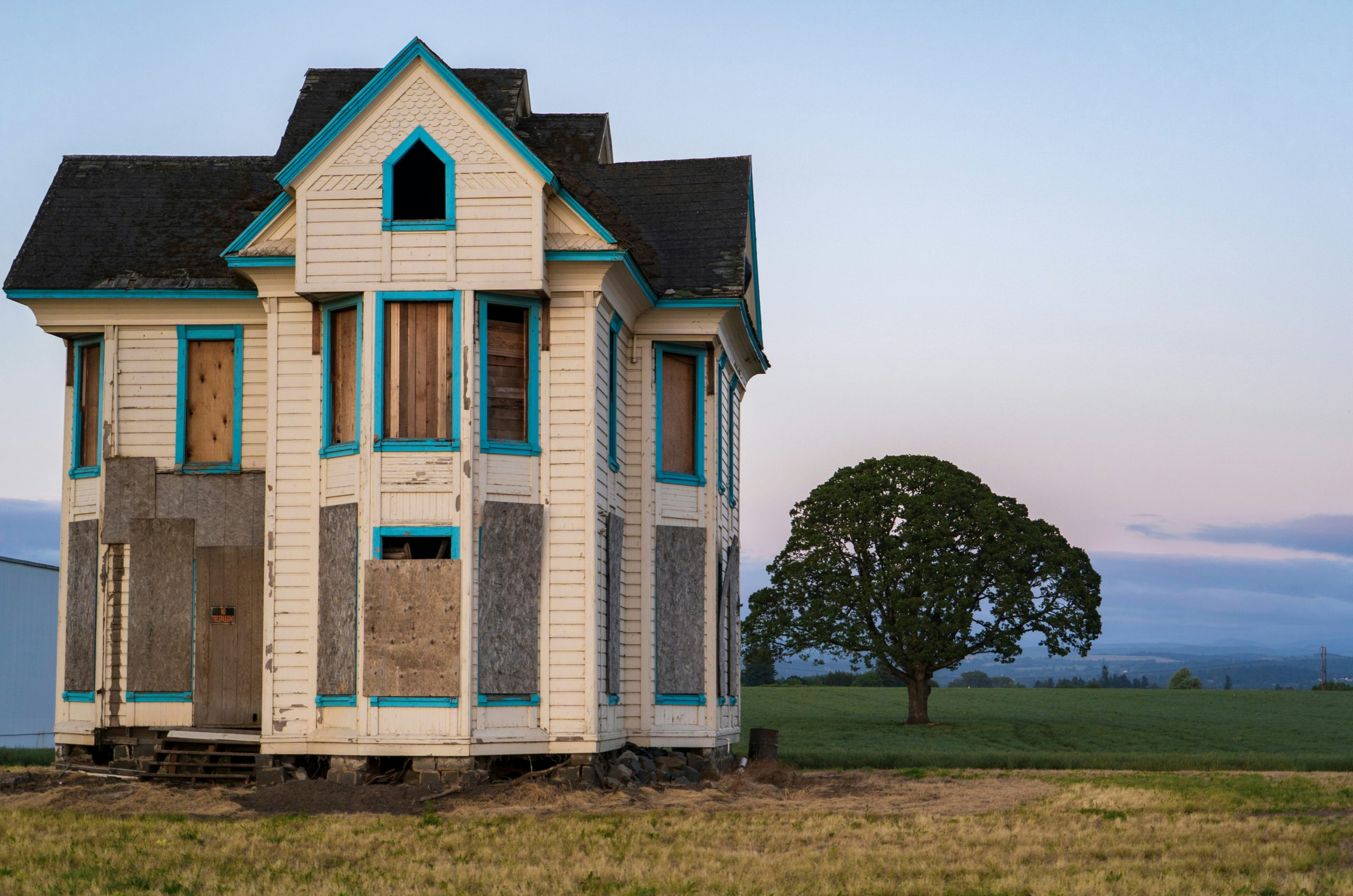Tiny Homes: Downsizing Without Compromise
With the demand for sustainable and minimalist living on the rise, tiny homes have become a popular option for those looking to downsize without sacrificing comfort and style. These compact dwellings may be small in size, but they offer a big solution to reducing one’s carbon footprint and overall living costs. In this article, we will explore the concept of tiny homes and how they provide an alternative way of living that does not compromise on the essentials.
What are Tiny Homes?
Typically ranging from 100 to 400 square feet, tiny homes are small, efficient, and affordable dwellings that prioritize functionality over space. They can be built on wheels or secured on a foundation, making them portable and customizable according to the owner’s needs. Tiny homes also promote a simpler lifestyle by encouraging owners to declutter and prioritize their possessions.
The Benefits of Tiny Homes
The most significant advantage of opting for a tiny home is the cost savings. With the rising costs of homeownership, tiny homes offer a more affordable alternative, with prices ranging from $10,000 to $100,000, depending on the size and design. The smaller size also means lower utility bills, reduced maintenance costs, and lower property taxes.
Tiny homes also have a positive impact on the environment. With a smaller footprint, they require fewer materials, energy, and resources to build and maintain. They also encourage a sustainable lifestyle by promoting energy-efficient features such as solar panels, rainwater harvesting, and composting toilets.
In addition to the financial and environmental benefits, tiny homes offer a simpler way of living. With limited space, owners are forced to declutter and focus on what is truly essential, leading to a more organized and intentional lifestyle. Tiny homes can also be used as a way to downsize and simplify life for older adults or those looking to retire.
Downsizing Without Compromise
The idea of giving up space may seem daunting, but tiny homes are designed to provide all the necessary amenities for a comfortable living experience. Despite their compact size, these homes can have the same standard amenities you would find in a traditional house, such as a kitchen, bathroom, and sleeping area. Clever storage solutions, multipurpose furniture, and creative design elements make small spaces feel more spacious and functional.
The Rise of Tiny Communities
More and more individuals and families are embracing the tiny home movement, leading to the development of tiny home communities. These communities offer a sense of community, connection, and space for like-minded individuals to live and support each other. They also provide shared recreational areas, workshops, and events, fostering a sense of belonging and a stronger sense of community.
In Conclusion
With the rise of housing costs and the growing awareness of the need for sustainable living, tiny homes have become a popular solution for downsizing without compromise. From financial and environmental benefits to promoting a simpler way of living, tiny homes offer a viable alternative for those looking to reduce their ecological footprint and embrace a minimalist lifestyle. With the concept of tiny homes still evolving, we can expect to see even more innovative and creative ways of incorporating this housing trend into our lives.










